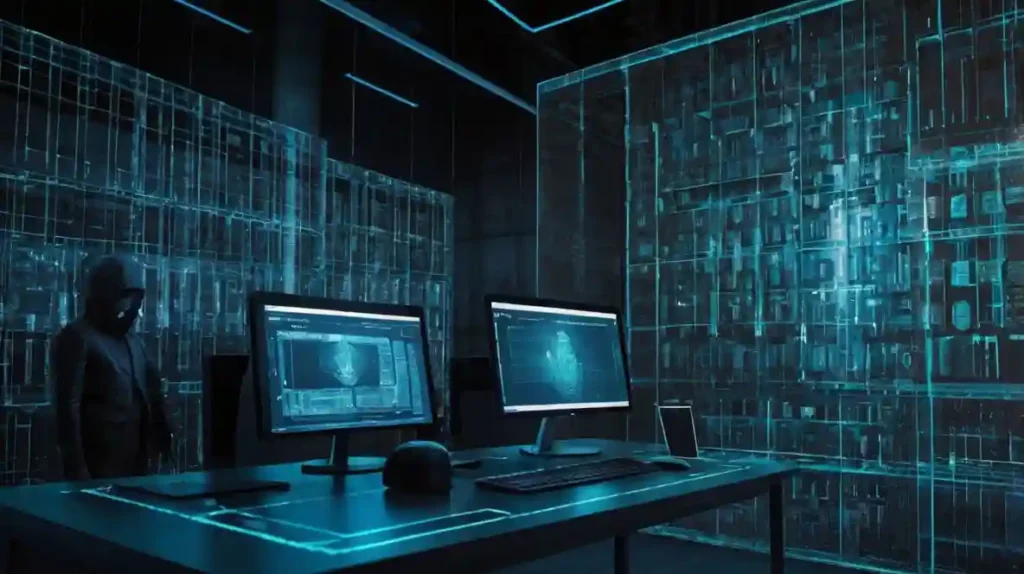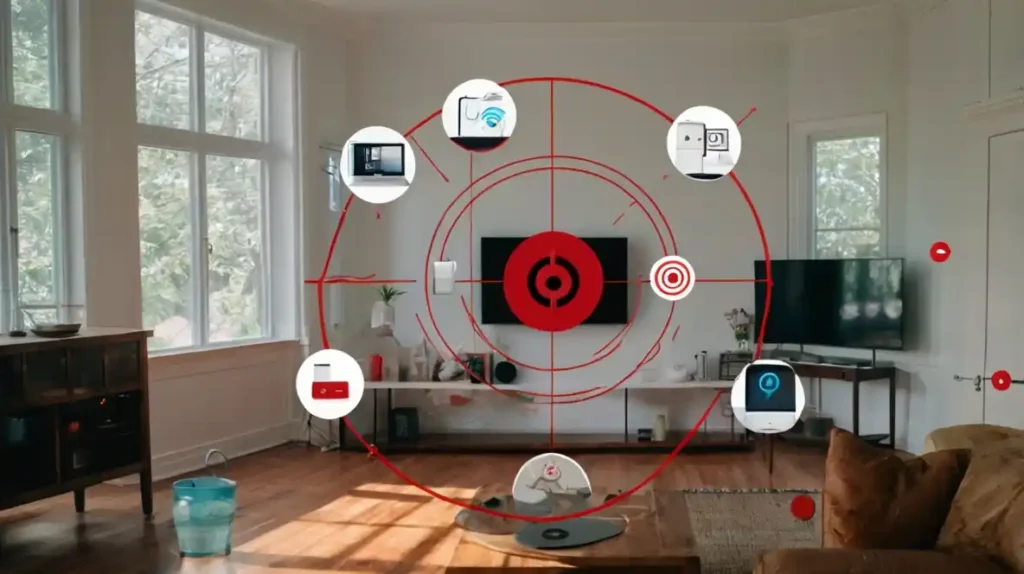This rate at which the digital world changes introduces both great opportunities and great challenges. The need for technology is constantly on the rise among businesses and individuals; therefore, it is no better time than this to stay on top of Cyber Security Trends.
As the nature of cybercrime evolves with advanced tactics, knowing the latest Cyber Security Trends becomes a must-do in order to safeguard against emerging threats. This blog enumerates key trends, potential threats, and emerging defenses in relation to 2024 and the future of cybersecurity.
Dive into learning how these latest Cyber Security Trends can protect your digital assets in today’s complex cyber world and beyond.
Why Cyber Security is in Need More Than Ever
Through remote work, cloud adoption, and connected devices, the attack surface of cyber threats has exponentially grown. Industry reports say the world will lose $10.5 trillion a year to cybercrime by 2025, ranking as one among the largest economic challenges of our time.
Cybersecurity is no longer a choice but do it because it saves the reductions of risks and safety of sensitive information. Organizations, governments, and the individuals need to harden cybersecurity.
Top Cyber Security Trends in 2024
1. AI in Cyber Security
Artificial Intelligence is changing the whole cyber world and improving the speed of cybersecurity related to the detection of threats but, like anything in life, is a double-edged sword because cyber-criminals are using it for posing more complex attacks.

AI in Defense:
- AI tools scan large data volumes in real time to detect anomalies.
- Machine learning algorithms can predict and neutralize threats before they manifest.
AI for Offense:
- Cyber- attackers deploy AI to automate phishing attacks and create deepfake scams as well as bypass conventional security measures.
2. Zero Trust Architecture Picks Up Speed
In this Zero Trust model, nothing would be trusted at face value, either inside or outside the perimeter. This model puts a deep emphasis on identity validation and access granted only through the principle of least privilege.

Why It’s Trending:
- Traditional perimeter-based security is no longer suitable for cloud computing and hybrid workforces.
- The Zero Trust methodology reduces insider threats and lateral movement by a great deal.
Implementation
- Multi-factor authentication
- Continuous user activity monitoring
- Micro-segmentation to isolate sensitive resources
3. Ransomware Evolution
The ransomware attacks are becoming more targeted and destructive, with cybercriminals advancing with highly sophisticated methods to get money from the companies.
Double Extortion: Here, in this version of ransomware, besides data encryption, the ransomware threatens to publish the same unless money is paid.
Ransomware-as-a-Service (RaaS): It allows the new-age, unskilled attacker to go for ransomware-based attacks because they can simply get toolkits from the developers.

Defensive Measures include:
- Data backup at regular intervals.
- EDR solutions.
- Employee training on phishing attempt identification
4. Supply Chain Attacks
Cybercriminals exploit the supply chain to hack into organizations. The vulnerability of one vendor can reveal an entire network of vendors.
High-profile Attacks:
- The attack in 2020 on SolarWinds discovered the exploitation in trusted software supply chains.
- Exploitation in open-source libraries and dependencies.
Controls:
- Third-party risk assessment
- Tight software update policies
- SBOM to track software components
5. Quantum Computing Threats
While it promises revolutionary breakthroughs, it also poses a threat of unseating the current encryption methods.

The Risk:
- Widely used algorithms, including RSA and ECC, can be easily broken by a quantum computer.
Preparing for Quantum Security:
- Switch over to quantum-resistant cryptography
- Look for post-quantum algorithms to future-proof data security.
6. IoT Security Challenges
The Internet of Things is changing the industrial scene, but with it comes new vulnerabilities.

Challenges:
- There are numerous devices that are poorly secured and easily fall prey to hackers.
- Huge attacks launched through IoT botnet such as Mirai.
Solutions
- Secure Firmware updates.
- Implement Network segmentation for IoT.
- IoT security Tightening.
7. Social Engineering Attacks
The human link is still the weakest link in cybersecurity. Social engineering attacks, along with phishing and vishing, are evolving to evade old traditional type of defenses.

New Tactics
- Deepfake technology employed to commit impersonation scams
- Spear-phishing campaigns against executives
Prevention
- Employee training on regular basis
- Usage of AI tools for identification of abnormal mail patterns
8. Cybersecurity Automation
Automation is becoming the backbone of modern cybersecurity strategies, helping organisations deal with threats in a more efficient manner.
Applications:
- Implementation of Vulnerability scan and patch management through automation.
- Implementation of automated response systems with the objective of countering threats with immediacy.
Industries Most Potentially Affected by Cyber Security Trends
1. Healthcare
Healthcare remains a priority sector for cyber thugs, primarily due to the use of sensitive patient data.
Trends on Radar:
- Protecting medical equipment (IoMT).
- Enhancing compliance demand of data with HIPAA.
2. Financial Services
Constant cyberattack threats to banks and fintech companies.
Trend:
- Advanced Fraud Detection with AI
- Mobile Bank Security Enhancement
3. Retail and E-commerce
Online buying continues to rise, bringing with it the payment data that requires protection against frauds.
Focus Areas
- Transaction encryption with the help of end-to-end encryption.
- Secure Tokenization as a means of enhancing the security of the payment systems.
4. Government and Public Sector
Cyberattacks to government systems can have apocalypse-like consequences.
Trend
- National Cybersecurity framework
- Cyber defence capabilities upgraded
Emerging Technologies in Cyber Security
1. Blockchain for Security
Blockchain is widely leveraged for identity security and ensuring that data cannot be modified.

Applications:
- Decentralized identity management.
- Secure record-keeping that works in a transparent fashion.
2. Biometric Authentication
Biometric systems such as facial recognition, fingerprint scans, etc., became the new normal for access control.

3. Secure Access Service Edge
SASE is the integration of network security along with cloud access management into a single solution, providing businesses with an always-scalable, secure working framework for remote work.

Challenges in adopting cyber Security trends
While these innovations are promising, their implementation is not without challenges:
- Cost: The advanced cybersecurity solutions come at a steeper price point, which small businesses might find prohibitive.
- Complexity: New technologies often require massive changes in infrastructure.
- Talent Shortage: Demand globally for qualified cybersecurity professionals far outpaces the supply.
The Future of Cyber Security
While threats evolve, so does the cybersecurity solution for them. Here’s what the future holds:
- Proactive Threat Hunting: Changing from the traditional reactive approach to AI and automation-based proactive models
- Global Collaboration: The collusion of governments and private entities as a solution to cybercrime
- User-Centric Security: Creating tools that celebrate ease of use without compromising security

Conclusion: Ride the Curve
One can only navigate the complex digital vistas if they grasp and embrace the latest Cybersecurity Trends. Soon, the crucial protection will be leveraging AI, automation, and advanced encryption against the threats that come increasingly complex.
It’s upon organizations to invest in education, strong technologies, and proactive strategies before the attackers do. For the person, this would be good cyber hygiene, including having good passwords, enabling MFA, etc. “The future of cybersecurity will be in innovation, collaboration, and vigilance. Join these trends toward a safer, more secure digital world. Are you ready to adapt and lead the charge against cyber threats?
Macrotechy offers up-to-date tech news and practical solutions, making technology simple and accessible for everyone.
